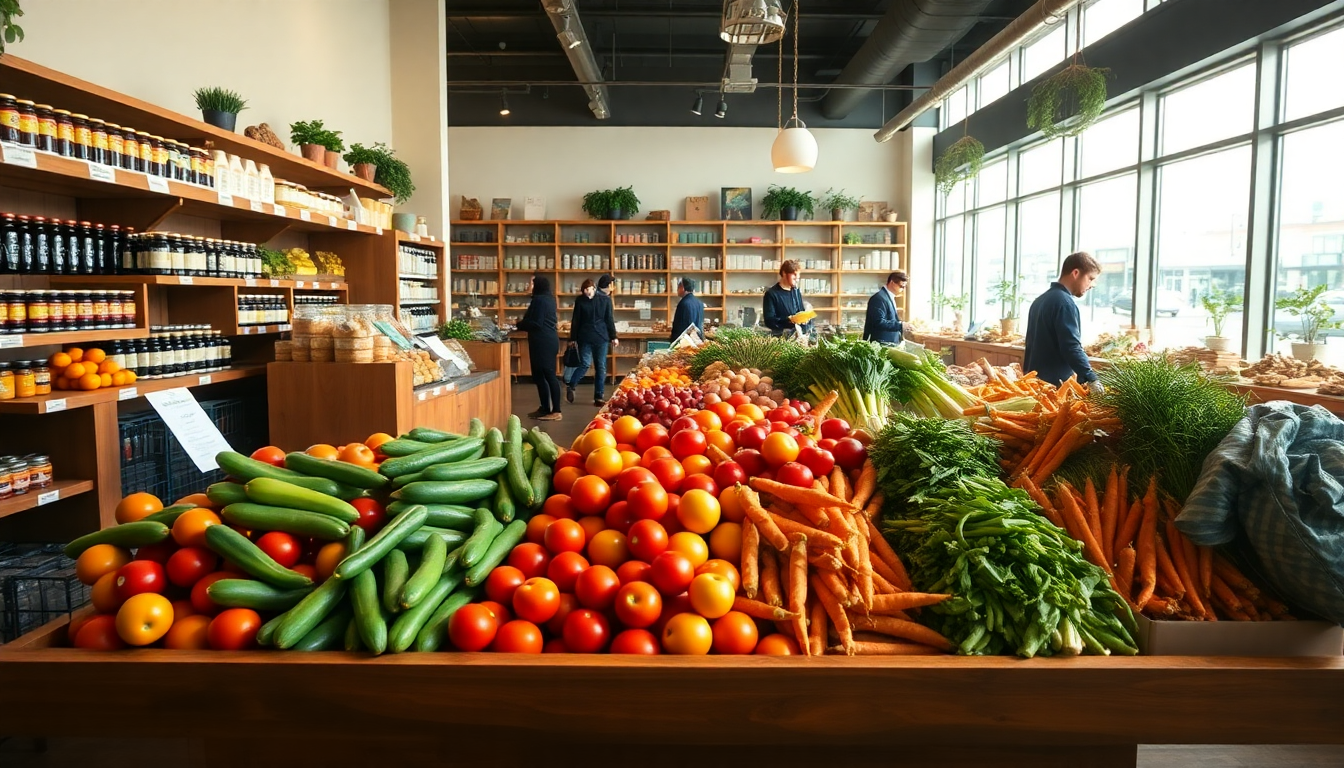Table of Contents
In a bold move that reflects the shifting attitudes of consumers, Urban Grocer in Victoria, British Columbia, has made the notable decision to ditch U.S. produce for over 117 days. This shift, which began amid escalating trade disputes during the Trump administration, highlights an intriguing trend: more and more consumers are gravitating toward locally sourced products.
Garth Green, the general manager of Urban Grocer, explains that this isn’t just a response to external pressures—it’s a proactive strategy to support local farming.
The Impact of Trade Wars on Local Markets
Urban Grocer’s decision fits perfectly into the larger narrative of recent trade tensions between Canada and the United States.
Green shares how the grocery store’s choice to remove U.S. produce wasn’t just about politics; it was about fostering a closer connection with the community and supporting local farmers. And the response? Customers have rallied around the idea, showing appreciation for goods sourced right from their own backyard.
This shift underscores a crucial point: when local businesses listen to their clientele, everyone thrives.
Of course, navigating this transition hasn’t been a walk in the park. Green encountered some challenges, especially when it came to sourcing certain items like cauliflower, which usually comes from the U.S.
However, he swiftly adapted by reaching out to suppliers in Holland, flying in cauliflower even if it meant a higher price tag. This move not only showcases Urban Grocer’s commitment to quality but also highlights a savvy understanding of market dynamics and what consumers really want.
Consumer Preferences and the Broader Movement
As Urban Grocer continues to champion Canadian produce, local farmers are starting to take notice, eager to partner up and offer their products. Green points out that many farmers are drawn to this Canada-first philosophy, marking a significant shift in the local agricultural scene.
Sylvain Charlebois, a researcher from Dalhousie University, notes that Urban Grocer’s initiative is part of a larger movement where consumers are increasingly choosing homegrown options over imports.
But here’s the catch: while the strategy seems to be paying off, Charlebois warns that just because American food products are on the decline doesn’t mean Canadian producers will automatically see a boost in sales. This highlights a crucial aspect of consumer behavior—the relationship between what people want and what they actually buy can be quite complex. Retailers must stay on their toes and continuously adapt to these changing preferences.
The Future of Local Sourcing in Retail
This ongoing transformation in consumer preferences hints at a long-term trend toward prioritizing local sourcing in retail. Urban Grocer’s journey serves as a valuable case study for other businesses navigating similar waters in today’s economic climate. While Green acknowledges the challenge of sourcing every product locally, he remains committed to gradually phasing out unnecessary suppliers that don’t align with the store’s vision.
As Urban Grocer forges ahead, it sets a powerful example for other retailers to follow. Their dedication to local farming not only boosts the community but also strengthens the local economy. Looking ahead, the grocery store plans to keep its focus on Canadian products while also being mindful of the global supply challenges. This balanced approach is key to fostering a sustainable retail model that offers consumers a diverse array of options, blending local charm with international flair.





